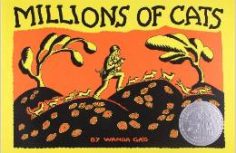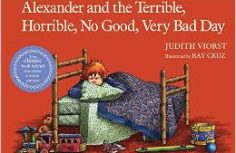STEAM TRAIN, DREAM TRAIN
by
Sherri Dusky Rinker
“Through the darkness, clickety-clack. . .
coming closer, down the track. . .
hold your breath so you can hear
huffing, chuffing drawing near.”
The comforting rhyme and rhythm of the book’s first page draws you into this soothing bedtime read-aloud. Ms. Rinker combines poetic form, a humorous narrative, and informational text about different train cars to give you a story that satisfies your listener on many levels. Adults will not tire of repeated requests for this engaging story at the end of a long day.
During the Second Reading, the oral reading will be great fun as you use Sherri Rinker’s rhyme, rhythm, and punctuation marks to guide you. Ms. Rinker uses great vocabulary (freight, hopper, cargo) to tell her story. Many children know quite a bit about trains from the popular Thomas the Train series of books and videos. However, even young train enthusiasts might learn a new term to add to their train vocabulary. The subtle humor in Mr. Lichtenheld’s warm oil pastels will delight both your listener and you. As you study the illustrations, note the clever connections between the animals and the type of car or the freight the animals are loading.
Steam Train, Dream Train has been selected as an Amazon Best Book of the Month in April, 2013. It is a School Library Journal “Best Book of the Year, 2013”. This book was selected by the Chicago Public Library as a “Best Picture Books of 2013”. Banks Street College of Education names it a “Best Book” on its 2014 list.
The Reading Comprehension Best Practice that works very well with this text is MAKING PREDICTIONS. As you read the rhyming text, you’ll pause before the last word, and your listener will be asked to supply the word that matches both the story line and the rhyme. Enjoy!
Read more...




